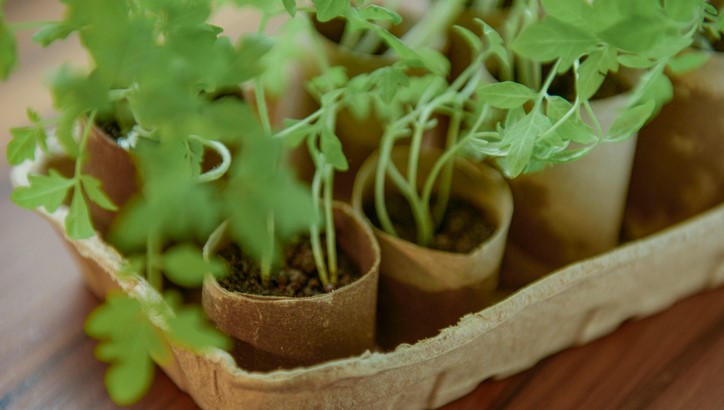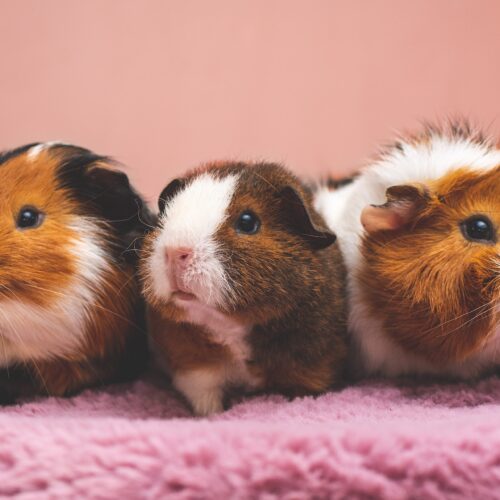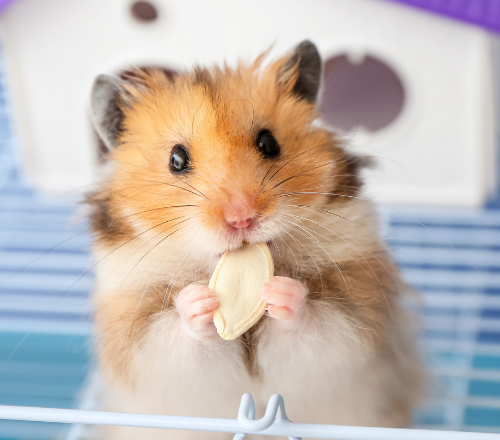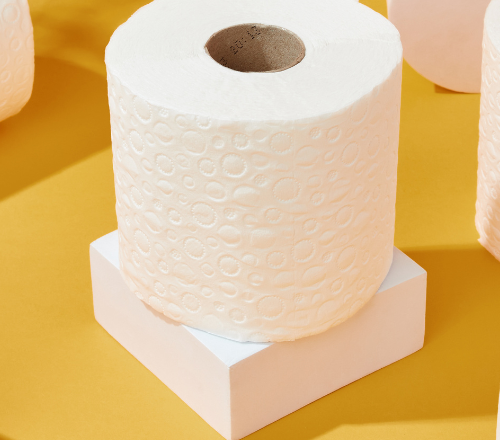Have you ever wondered if you’re using toilet rolls to their full potential? You already use the whole roll, recycle the packaging and try to buy from sustainable sources… but what about the cardboard tube that gives the roll its shape? You can recycle the cardboard in your domestic recycling bin – but what if you could actually use those inner tubes and last scraps of paper in your garden?
Recycling or reusing toilet paper tubes is a great way to make your home more sustainable – as well as being fun for all the family. Keep reading to learn more about some outdoor projects you could try with empty toilet rolls.
Can I germinate seeds on toilet paper?
The simple answer is yes. Starting seeds in toilet paper – or kitchen roll or newspaper – is a great way to begin the process of germination without soil. Here are some reasons why you might choose to germinate your seeds using this method:
- You can start more seeds at once, as toilet paper germination takes up less room – a windowsill or two should be enough space.
- It allows you to test your seeds’ quality before you commit to potting them up – you’ll only need to pot up the ones that germinate.
- Some seeds germinate quicker using this paper towel method, so it might save you time.
In order to do this project, you’ll need paper, some water, your seeds and some resealable, reusable plastic bags (or a plate and a glass dish). Vegetable seeds work well with this method, as they usually take longer to germinate in soil than on paper, but you can also use flower or fruit seeds as well.
To get started, lay your paper flat and mist it with water until it’s damp. Don’t leave it too dry, as the seeds will need water to help them grow and germinate. On the other hand, it’s best not to let the paper get too wet either – you don’t want your seeds to be swimming!
Once your paper is nice and moist, gently lay a few seeds on one half of the paper. Space them about an inch apart, as this will give them plenty of room when they sprout. It’s important to keep them to one half of the paper, because once you’ve spaced them out, you’re going to fold the other half of the paper on top of the seeds. Think of it as a sandwich – the paper is the bread, and the seeds are your filling.
Then all you have to do is put your seed sandwiches into your reusable plastic bags and seal them. Because your seeds will produce water and carbon dioxide as a result of photosynthesis, you should start to see the bag swelling and filling with condensation as germination begins. This also means you shouldn’t have to remoisten the paper as you go. If you want to go totally plastic free, simply place your seed sandwiches on a plate and cover with a glass dish to seal the air in.
Finally, place your seed starters somewhere warm, humid and light – a south-facing windowsill is ideal, but a bathroom or laundry room can work well too. In a few days or weeks, you should start to see your seeds germinate. At this point, you can transplant them to soil in pots to begin growing properly. Or, if you want to recycle your toilet rolls even more, you could try using the cardboard tubes as planters.
How to use a toilet roll tube as a planter
Often, the hardest thing to manage when moving your seedlings from their pots to bigger planters is the shock of transportation. The disruption to their soil and roots can make them wilt or sometimes die – but how can you avoid it?
By using cardboard toilet roll tubes as planters, there’s no need to take them out of the tube when it’s time to plant them in your garden or a larger pot. Just plant them inside the tube – which will naturally biodegrade – and your plants should remain happy and healthy in their new home.
To use cardboard tubes as planters, cut small slits all the way around one end of the tube. Then fold these inwards to create a base for your tube, making it more like a pot. Then you can add soil or compost to the tube and plant your seedlings as normal. When transplanting to a larger pot, plant the tube, seedling and all in the new bedding soil.
How toilet roll tubes can be used to protect seedlings
Whether your seedlings are planted out in your garden or in pots indoors, there are many pests and insects that can affect whether or not they thrive. Creatures such as slugs, moths and worms can all reduce your seedlings’ chances of survival, so why not use your toilet paper tubes to make defenses.
Just cut the tubes to an appropriate size and fit them around your seedlings to make it harder for those pesky creatures to get to them. The vertical sides of the tubes may even help your seedlings to grow straight and tall.
How to make bird feeders out of toilet paper rolls
If you want to hear nature tweeting in your garden, why not attract some of your local wildlife with an easy-to-make toilet paper tube bird feeder? Just spread vegetable shortening or peanut butter on the outside of the cardboard tube, then roll it in birdseed to coat it – just like sprinkles! Add some string to hang it, or simply slide it onto the end of a branch to let the birds enjoy it.
It’s best to only do this in the colder months, as warm temperatures can melt or spoil the spread you use. If you don’t have vegetable shortening or peanut butter to hand, you can also use coconut oil or sunflower seed butter. Once the birds have eaten all the seeds, dispose of the cardboard tube in your domestic bin – not the recycling.
So now you have four great ideas for recycling your toilet paper rolls in the garden to keep your environment sustainable. Why not try one today?





